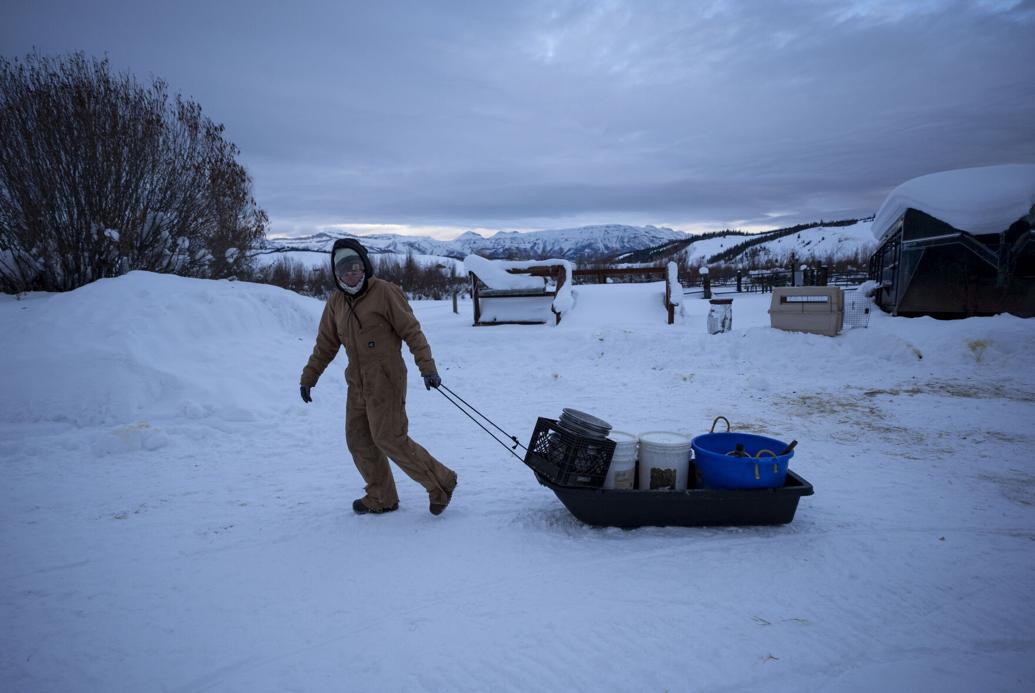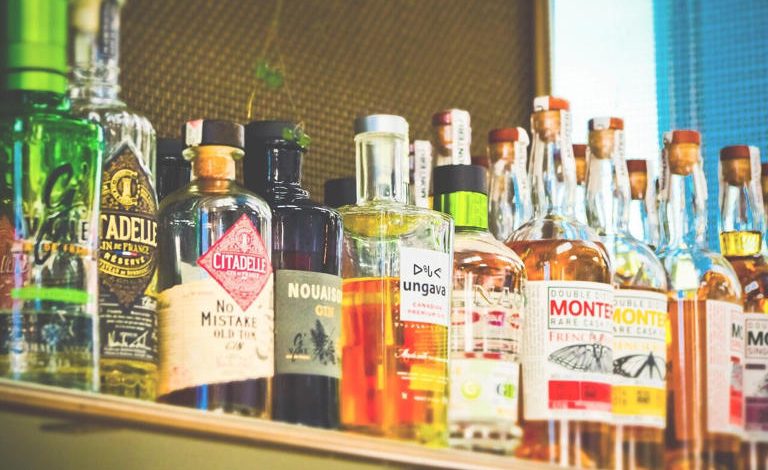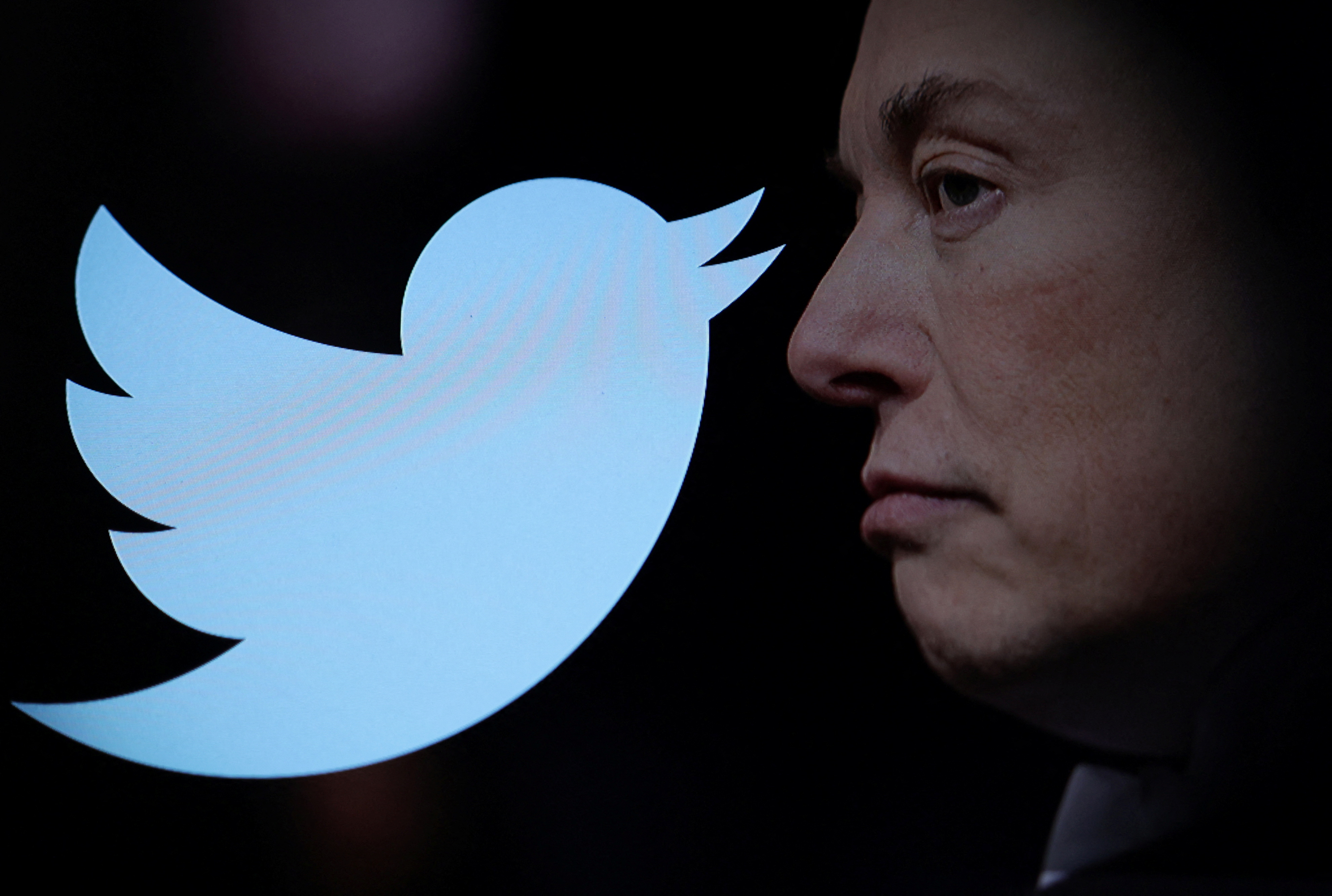As the COVID-19 pandemic began, stress levels soared, routines crumbled, and lives were upended, leading many Americans to turn to alcohol as a coping mechanism.
New data from a study published in the Annals of Internal Medicine reveals that this increase in alcohol consumption not only continued but intensified in the years following the pandemic’s onset.
According to the study, based on the National Health Interview Survey data from 2018 through 2022, Americans continued drinking heavily well into 2021 and 2022. The data indicate a notable rise in both overall alcohol use and the number of people engaging in heavy or binge drinking. Researchers found that the percentage of Americans consuming alcohol rose to 69.3% in 2022, compared with 66.3% in 2018. The rate of heavy drinking also increased from 5.1% in 2018 to 6.29% in 2022. Heavy drinking is defined as at least five drinks in a day or 15 drinks per week for men, and at least four drinks a day or eight drinks per week for women.
“Initially, we thought the spike in drinking would subside as pandemic pressures eased, but this hasn’t been the case… What we’re seeing is sustained drinking behaviors that continue to impact public health, reflecting how addiction does not simply disappear when a stressor like the pandemic fades,” said Dr. Brian P. Lee, hepatologist at the University of Southern California and the study’s principal investigator.
These trends, observed across various demographics, reveal an unsettling trajectory for alcohol-related health issues. Adults in their 40s reported the highest levels of heavy drinking, with 8.23% in 2022, up from 5.14% in 2018. Among women, the rate of heavy drinking exceeded that of men, a reversal from past patterns.
Health experts attribute the persistence of elevated drinking rates to a combination of social isolation, prolonged stress, and limited access to healthcare services during the pandemic. Dr. Divya Ayyala-Somayajula, a co-author of the study, emphasized that women faced unique pressures.
“The pandemic brought additional burdens, particularly for women who often juggled work, childcare, and household responsibilities… Many turned to alcohol as an acceptable, albeit harmful, coping mechanism in a challenging time,” she said.
The health consequences are profound. Dr. Lee cautioned that the long-term impact of sustained heavy drinking includes liver disease, cardiovascular issues, weakened immunity, and an increased risk of cancers.
“Excessive drinking is often a silent disease, with impacts that emerge years later. I worry that this normalized increase in alcohol use during the pandemic will lead to a wave of chronic illnesses in the future.”
As Dr. Ayyala notes, some individuals may be unaware of their need for help or how to seek it, given the persistent stressors and drinking habits that became routine during the pandemic.
With input from the New York Times, and CBS News.









